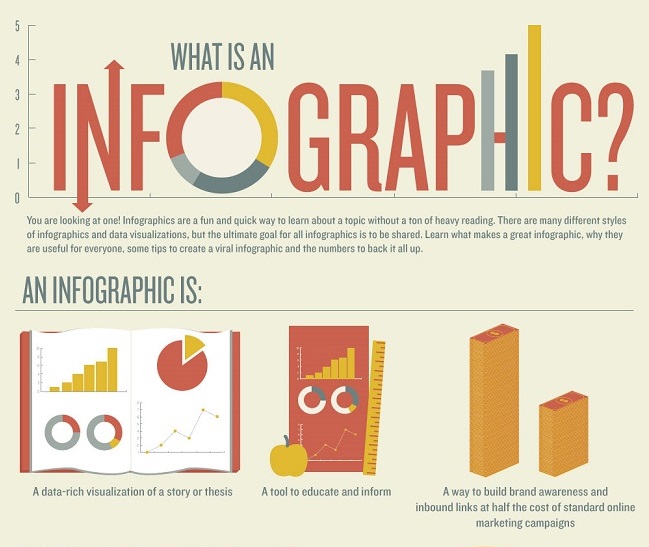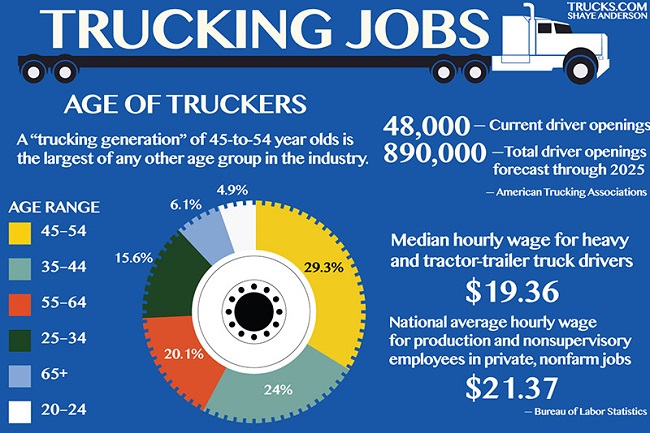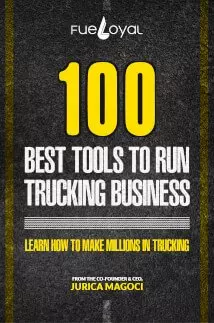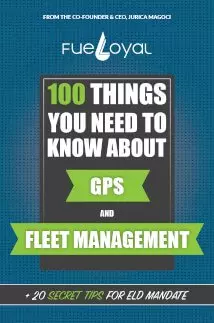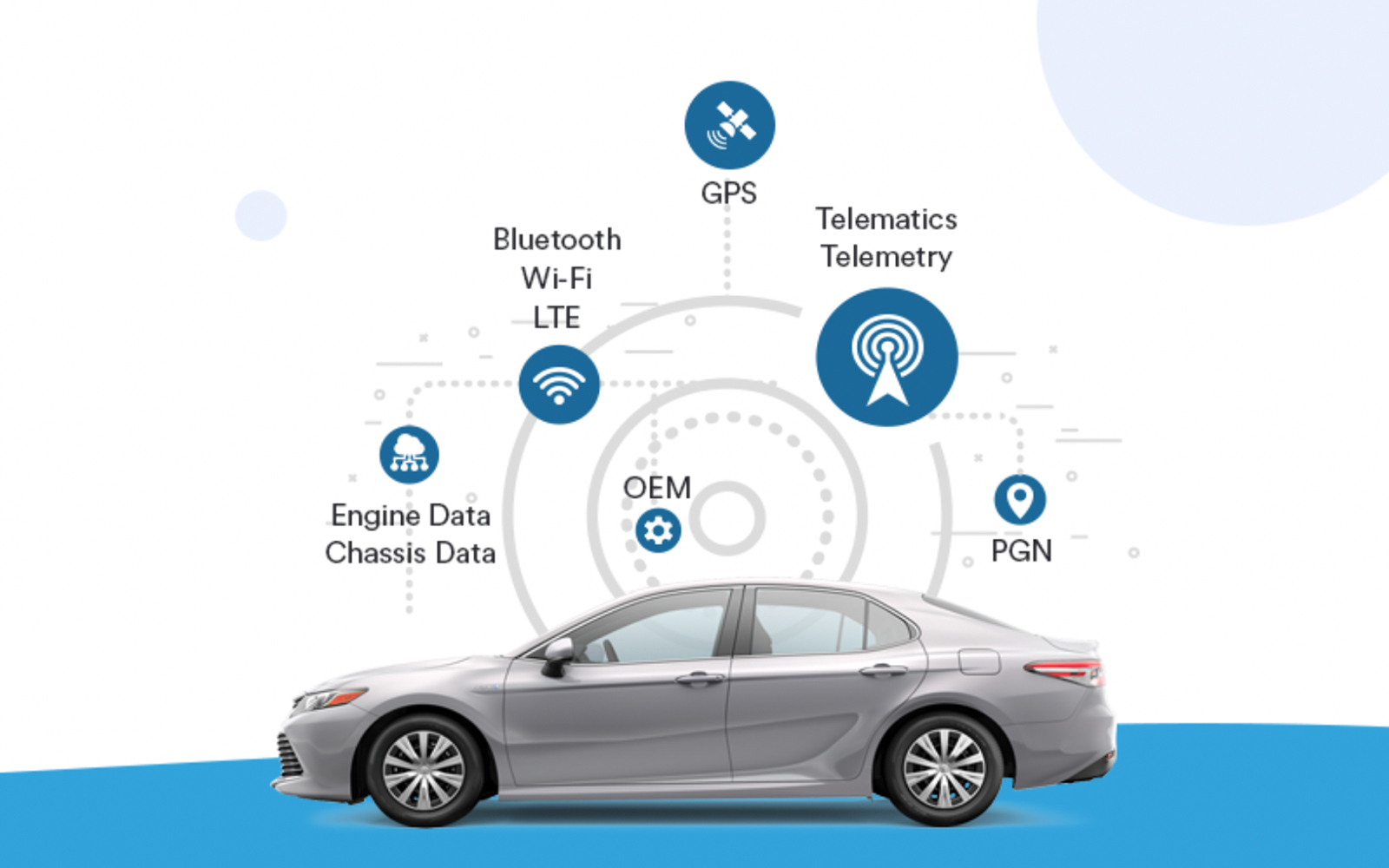Trucking industry infographics can be such a great tool for expressing ideas and sharing information. Yet there are still people out there who really don’t know what infographics are. Nor do they do how they can assist your company in sharing information, vision, or reaching new customers.
LEARN 12 SECRET STEPS HOW TO MAKE $950 MORE PER TRUCK / MONTH
Hey! I'm George J.Magoci and I will send you a FREE eBook where you can learn 12 secret steps how to make $950 more truck/month.

So let’s start with the basics, what are infographics? They are an informative and entertaining way to express a complex or lengthy concept. In doing so the infographics uses a combination of words and images to help get their point across. So instead of a lengthy article (like this one), the reader gets to learn through visual images, further enhancing and developing the idea.
You have heard the old saying “a picture is worth a thousand words”. Well then the average infographics is worth 10,000 or more! They usually use a flowing format that helps guide the reader from one key point to the next. A good infographics is like a ‘PowerPoint’ presentation without having to hit, next, next, next. Much like the hieroglyphics of ancient Egypt moved the reader from one image to the next, while expressing an idea, do modern infographics.
